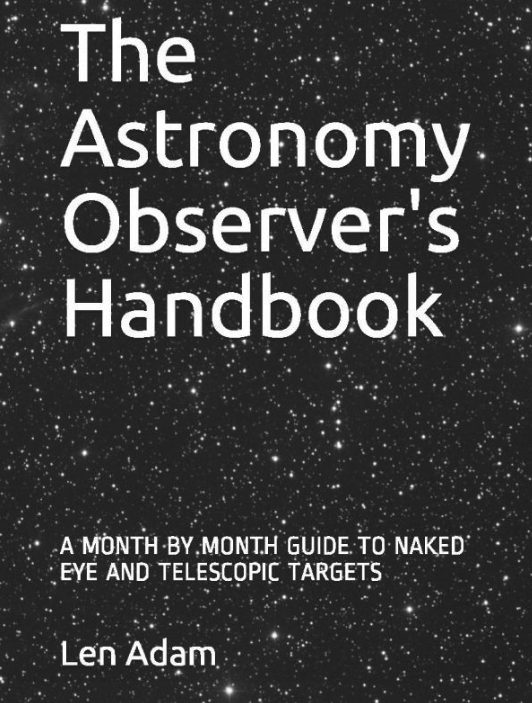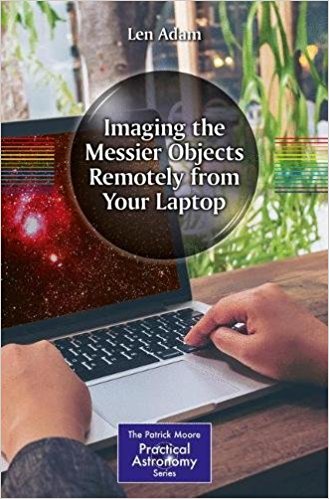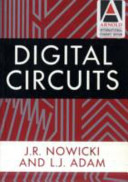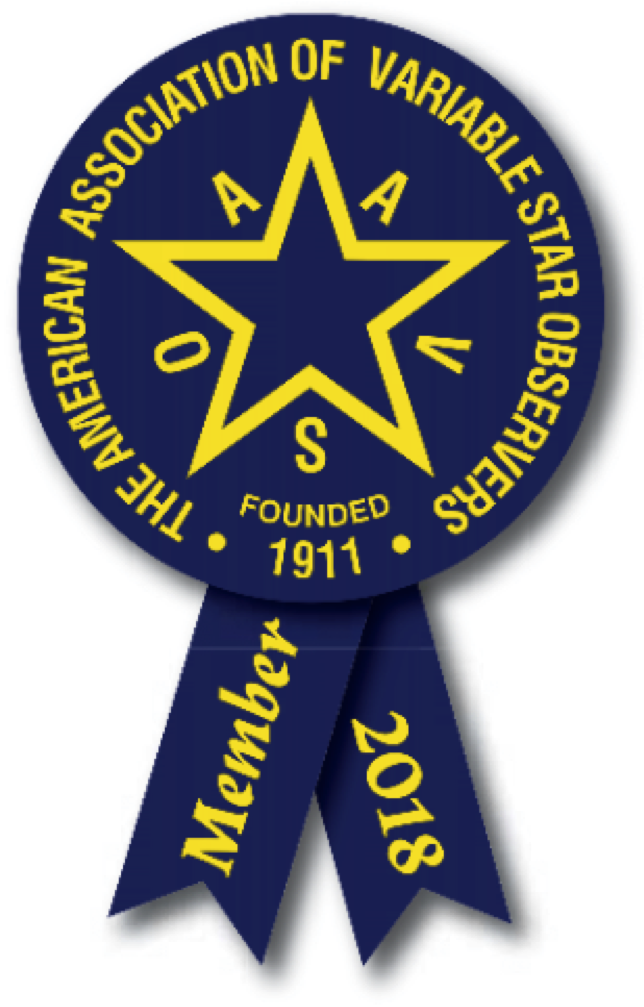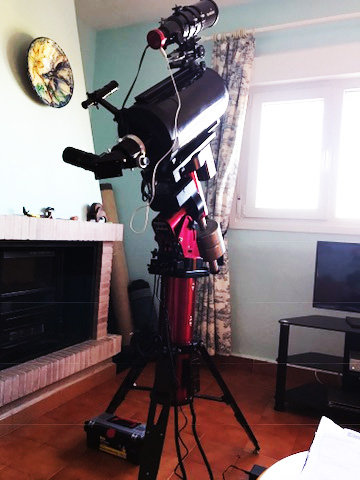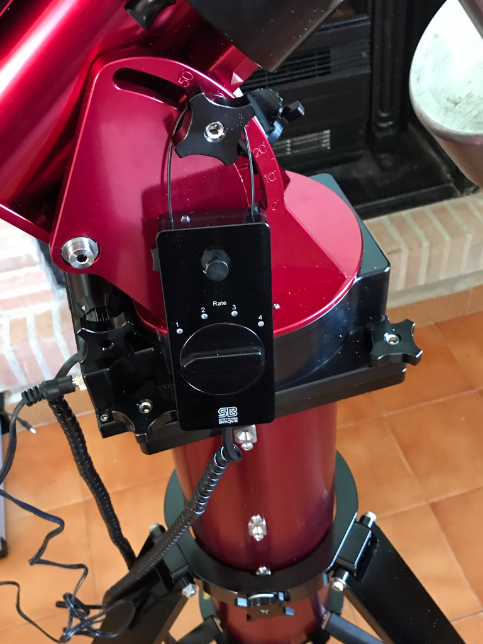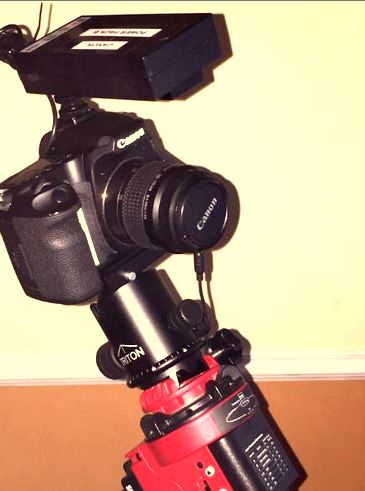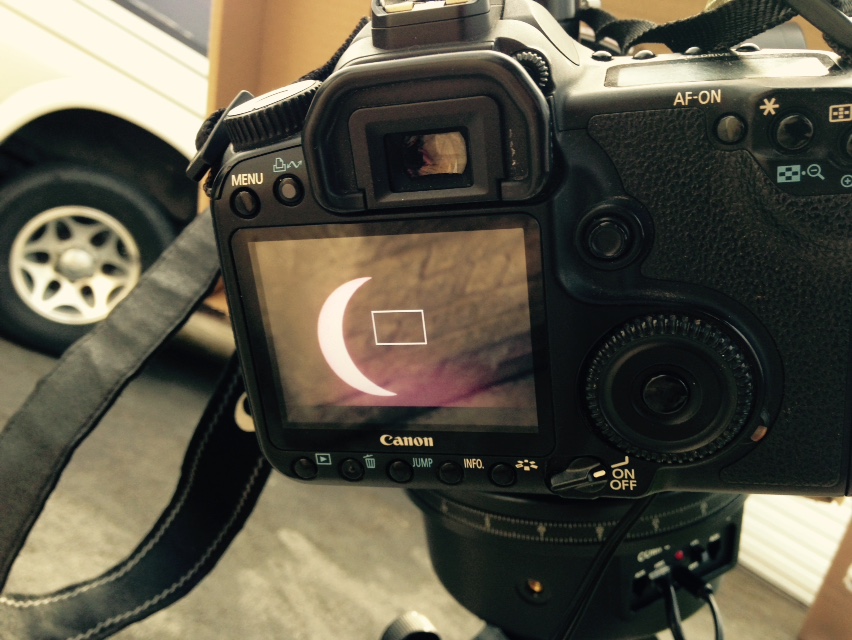Day 15 - Sparrows - Centaurus A - Uphill Climb - Telescope Setup - Images of Jupiter and The Pleiades.
 Wednesday, February 26, 2014 at 11:36AM
Wednesday, February 26, 2014 at 11:36AM A similar day to yesterday - clear and sunny in the morning with the odd bit of cloud around.
Plenty of sparrows here in Cabrera - this is one of them perched on a chimney this morning. They like to congregate on the Orange and Lemon trees.
I have been looking at a remote image I took of NGC 5128 also known as Caldwell 77. This has to be one of my favourite Southern Hemisphere objects - the stunning peculiar galaxy NGC 5128 in the constellation of Centaurus, the Centaur, which is half man, half horse. Centaurus A is so named because it is a strong radio source detected using radio telescopes. The original method of naming radio sources allocated the letter A to the strongest source in a constellation, B to the next strongest and so on. This is the image.
This was taken using telescope T13 at Siding Spring and is a 10 minute exposure on a single shot colour camera. It has now been shown that Centaurus A is the result of a collision between an elliptical galaxy and a spiral galaxy with dust lanes providing the material for the dark bands. Confirmation of this was provided by the Spitzer Space Telescope following its launch in 2003. Spitzer is an infrared telescope and was able to peer into the structure and actually produce an image of the spiral galaxy.
I have been trying to find the distance to this S0 type galaxy and it proves quite difficult. Opinions vary! A paper by Harris et al in 2009 gives a distance of around 3.77 Megaparsecs which is equivalent to approximately 12.3 million light years.
I "solved the plate" i.e.matched the image to a star chart which then provides me with data on that image.
So the position of the centre of the image on the sky is given by the Right Ascension (RA) and Declination (DEC) coordinates and the angular size of the image is calculated as shown. The camera has 1600 X 1200 pixels and each pixel corresponds to 3.65 seconds of arc in the sky - not very big!
I aim to try some throught the telescope DSLR photography with my 4" refractor by taking lots of short exposures and adding them in Deep Sky Stacker. To help with this I have added my ETX 90 OTA as a guide telescope - it was quite good fun removing the OTA from the fork mount....
I have set all of this up now and used the camera mount on the 4" to attach the ETX OTA. It is all set to go now having aligned the Telrad, the 4", the ETX and its finder! Having done that I had my usual constitutional up the "hill" to the phone masts.
Took some photos when I got back - not sure if it is going to be clear tonight, This is the complete setup now.
and the ETX OTA
and the camera attached to the 4".
I can view the rocks on La Pilica hill quite closely through liveview on my laptop. I need some stars now.
It was a clear evening that I spent re-aligning and focusing the equipment starting with Jupiter which showed up well on the laptop screen in liveview. A 1 second exposure of Jupiter through the 4" refractor is shown below.
I then tried a 10 second image of the Pleiades.
and a 20s exposure
 [Your Name Here] | Comments Off |
[Your Name Here] | Comments Off | 
